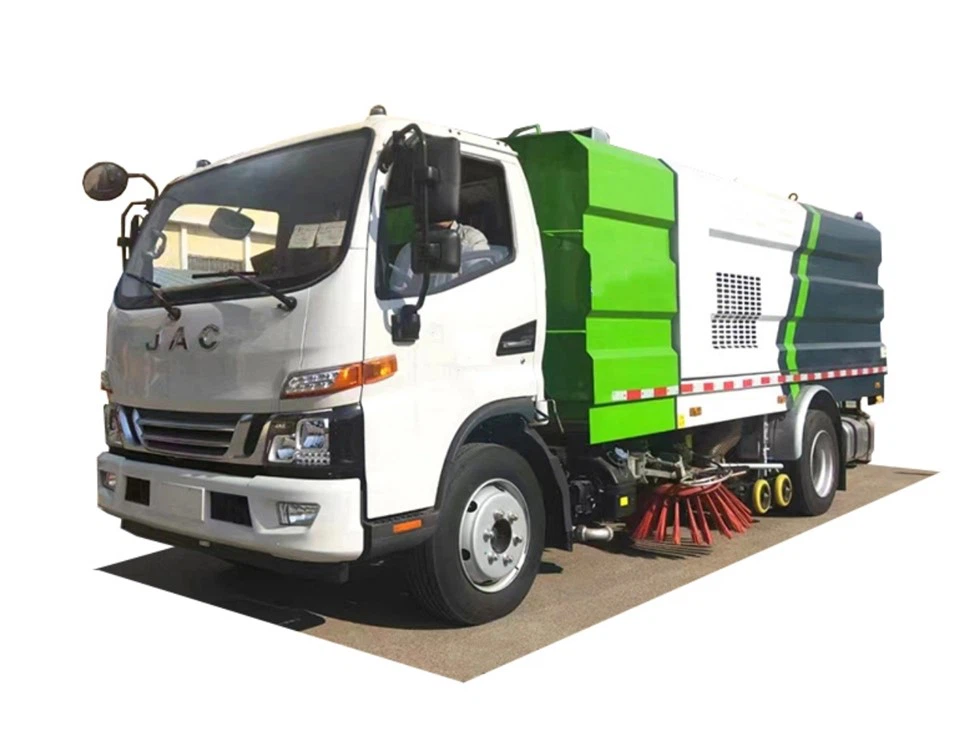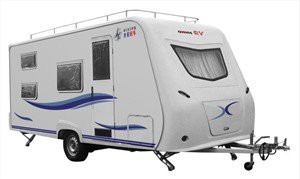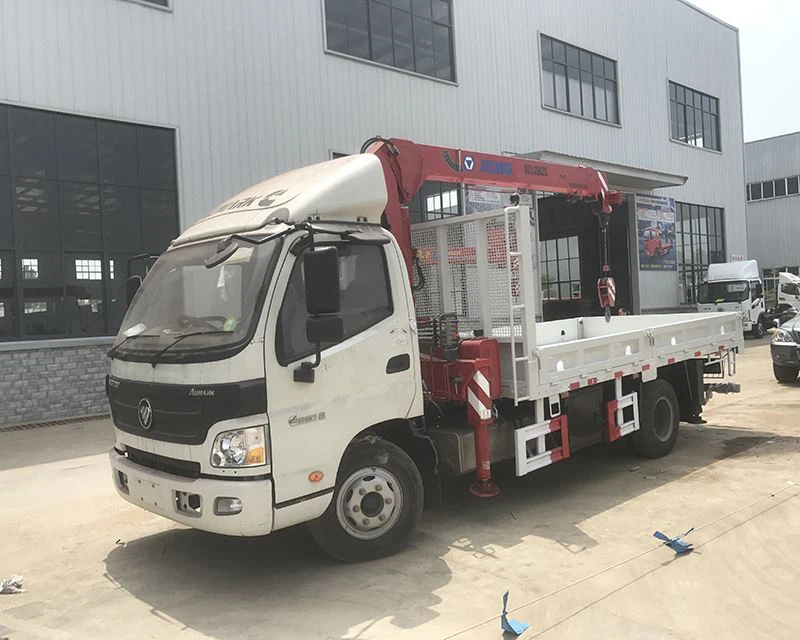Cascade Carts: Revolutionizing Inventory and Shopping Carts in E-commerce

In the fast-paced world of e-commerce, the tools and strategies that businesses use to enhance customer experience are ever-evolving. One of the most groundbreaking innovations in this realm is the concept of cascade carts. This article delves into the depths of cascade carts, exploring their structure, benefits, implementation strategies, and practical applications in modern online shopping. Ultimately, we aim to discuss how cascade carts streamline the shopping experience while boosting inventory management.
What are Cascade Carts?
Cascade carts represent an advanced shopping cart system that intuitively organizes products, assesses user preferences, and simplifies the purchasing process. Unlike traditional shopping carts, which simply collect items until checkout, cascade carts provide a layered approach to displaying products based on user behavior and inventory levels. This allows for a more personalized and efficient shopping experience for customers.
How Do Cascade Carts Work?
The fundamental principle behind cascade carts is their ability to analyze and adapt to shoppers’ behavior in real-time. By utilizing algorithms and data analytics, these carts can present users with product recommendations, upsells, and related items in a cascading manner. Here are the key processes involved:
- Data Collection: Cascade carts gather user data, such as browsing history, previously purchased items, and demographic information.
- Product Categorization: Based on collected data, products are categorized into primary, secondary, and tertiary offerings.
- Dynamic Suggestions: The cart algorithm suggests additional products based on the user’s current selections and preferences.
The Importance of User Experience
Enhancing user experience is crucial in e-commerce, and cascade carts achieve this by creating a more engaging shopping journey. Customers appreciate personalized product displays, increasing their likelihood of making a purchase. Moreover, by efficiently managing inventory through real-time updates, businesses can ensure they effectively meet customer demand.
The Benefits of Cascade Carts
Cascade carts offer numerous benefits to both retailers and consumers. Below are some of the prominent advantages:
1. Improved Customer Engagement
With personalized recommendations and hierarchy in product offerings, customers feel more engaged. This connection can lead to increased trust and loyalty, enhancing long-term business relationships.
2. Increased Sales and Conversion Rates
By presenting relevant products at strategic points in the shopping process, cascade carts can boost average order values and overall conversion rates.
3. Enhanced Inventory Management
Cascade carts enable businesses to manage their inventory in real time. Retailers can track which products are being viewed most frequently and adjust stock levels accordingly to meet demand.
4. Reduced Shopping Cart Abandonment
When customers receive suggestions that align with their interests, they are less likely to abandon their carts. Cascade carts help in retaining potential sales by making appropriate recommendations just before checkout.
5. Streamlined Checkout Processes
The cascade mechanism simplifies the navigation through multiple items, ensuring a smoother transition from cart to checkout. Fewer clicks and clearer pathways often result in enhanced customer satisfaction.
Implementing Cascade Carts in Your E-commerce Business
Integrating cascade carts into your e-commerce platform can be a game-changer. Here’s a guide on how to effectively implement this technology:
1. Choose the Right E-commerce Platform
Select a platform that supports integration with cascade cart functionality. Platforms like Shopify, WooCommerce, and Magento provide the necessary frameworks for incorporating this feature.
2. Data Analytics Integration
Utilize data analytics tools to collect user behavior data. Apply algorithms that can analyze this data to generate personalized shopping experiences.
3. Customize Product Visibility
Based on the data collected, customize how products are displayed in the cascade cart. Ensure your algorithm puts a spotlight on items that are likely to convert based on user behavior.
4. Leverage Upsell and Cross-Sell Opportunities
Design your cascade cart to proactively suggest complementary and supplementary products. For example, if a customer adds a camera to their cart, suggest lenses or camera bags.
5. Test and Optimize
The digital environment is constantly changing; therefore, regularly test different configurations of your cascade carts and gather user feedback. Make adjustments to the product recommendations based on what yields the highest conversion rates.
6. Measure Success
Establish key performance indicators (KPIs) such as increased sales, lower abandonment rates, and improved customer satisfaction to measure the success of your cascade cart implementation.
Practical Examples of Cascade Carts
Many brands have successfully implemented cascade carts and seen measurable success. Here are a few examples:
1. Amazon
Amazon uses a sophisticated version of cascade carts by suggesting related products based on user browsing history and previous purchases. Their “Customers who bought this also bought” feature showcases a perfect application of cascade cart principles.
2. Target
Target’s online platform frequently uses cascade carts to promote complementary items during the checkout process. For instance, if a shopper adds cleaning supplies to their cart, they may receive suggestions for related products like cleaning tools or detergents.
3. Sephora
Sephora’s beauty products cascade cart focuses on upselling beauty kits or trial-sized products when customers display interest in single products—encouraging consumers to explore more options.
Potential Challenges with Cascade Carts
While cascade carts offer numerous benefits, their implementation may pose some challenges. Here are common hurdles businesses might face:
1. Complexity of Implementation

Integrating cascade carts into existing systems can be complicated, requiring a strong technical foundation and possibly additional development resources.
2. Data Privacy Concerns
The collection and analysis of user data raise privacy concerns. Businesses must adhere to privacy regulations, ensuring customer data is safeguarded and used ethically.

3. Overwhelming Choices
Too many recommendations can overwhelm customers rather than entice them. It’s essential to balance product visibility to maintain interest without causing confusion.
Future Trends in Cascade Carts
The future of cascade carts is promising, with innovations expected to make the shopping experience even more seamless. Some trends to keep an eye on include:
1. AI and Machine Learning
As artificial intelligence (AI) and machine learning technologies advance, cascade carts will become more sophisticated in personalizing shopping experiences, predicting user preferences, and suggesting items.
2. Augmented Reality (AR)
Integrating AR with cascade carts can offer consumers a realistic view of products, especially in fashion and home décor. Customers can visualize items in their environment, leading to more informed purchasing decisions.
3. Seamless Cross-channel Shopping
Future implementations of cascade carts may allow for greater integration across multiple sales channels—enabling customers to add items to their cart from a mobile device or physical store and access them easily online.
FAQ Section
1. What is a cascade cart?
A cascade cart is an advanced shopping cart system that organizes products dynamically based on user preferences and behavior to enhance the shopping experience.
2. How does a cascade cart improve sales?
By providing personalized product recommendations and upsells, cascade carts can increase average order values and conversion rates, leading to higher sales.
3. Are cascade carts easy to implement on e-commerce platforms?

While the integration process may be complex, many e-commerce platforms offer compatibility with cascade cart features. It’s essential to have the necessary technical resources for optimal implementation.
4. Can cascade carts handle inventory management?
Yes, cascade carts allow for real-time inventory management by tracking product popularity and ensuring stock levels meet current demand.
5. What challenges can businesses face when using cascade carts?
Common challenges include the complexity of implementation, data privacy concerns, and the potential for overwhelming customers with too many choices.
6. What future trends should we watch for in cascade carts?
Anticipated trends include the adoption of AI and machine learning for better personalization, augmented reality integrations, and a more seamless cross-channel shopping experience.
